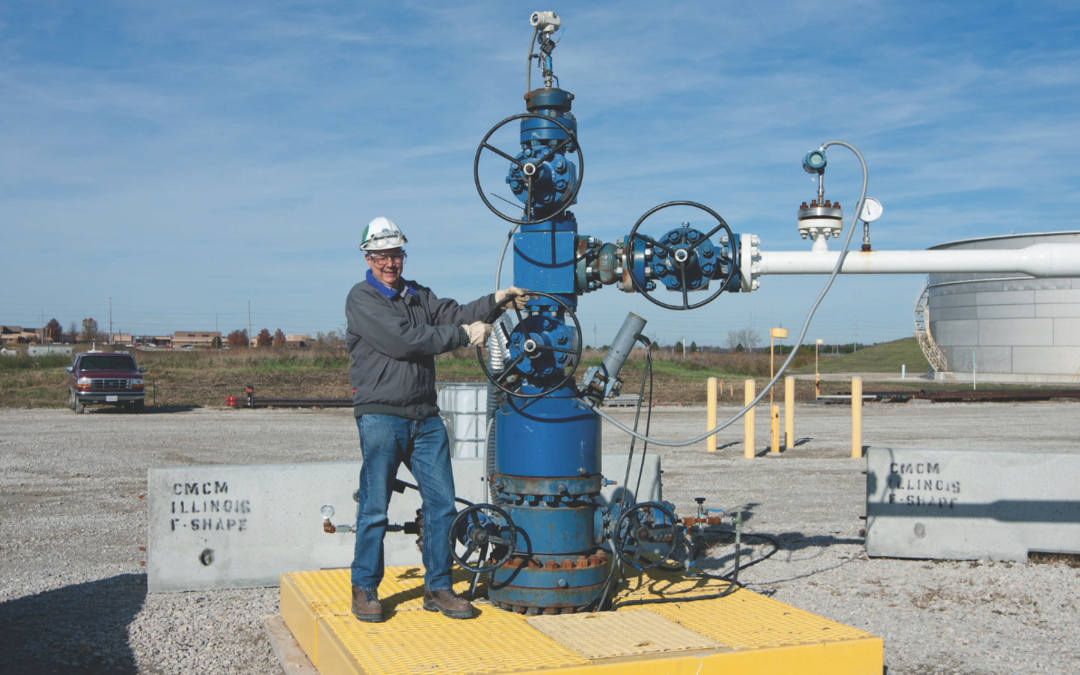Sweetwater Carbon Storage Hub Drills US’ Deepest Carbon Well in Wyoming
Frontier and University of Wyoming achieve milestone with the nation’s deepest carbon storage well, boosting large-scale sequestration potential.
U.S.-based Frontier Infrastructure Holdings said on Tuesday it had completed the nation’s deepest carbon storage well at its Sweetwater Carbon Storage Hub in Wyoming, marking a key step toward advancing commercial-scale carbon sequestration in the region.
The J1-15 well reached a depth of 18,437 feet, making it the deepest Class VI carbon storage well drilled in the United States, the company said.
Early data indicate the site could hold significant potential for permanent carbon dioxide storage, with geological similarities to a proven injection site located 25 miles north.
Partnership With University of Wyoming
The project is being developed in partnership with the University of Wyoming’s School of Energy Resources. It forms part of the U.S. Department of Energy’s CarbonSAFE Initiative, which seeks to establish large-scale carbon capture and storage hubs across the country.
“This deeper well gives us a more complete picture of the subsurface, reinforcing our commitment to building scalable, practical carbon solutions for Wyoming’s key industries,” said Robby Rockey, president and co-CEO of Frontier, in a statement.
Exploring Multiple Formations
The J1-15 well was initially drilled into the Nugget Sandstone formation, yielding 147 feet of core samples, before being extended into the Madison Limestone, a target formation also used in North America’s largest carbon capture and storage project at Shute Creek.
Data collected from core samples, well logs and water tests will undergo detailed analysis to assess storage capacity and seal integrity, researchers said.
“The decision to deepen the well to the Madison Limestone has proven successful,” said Zunsheng Jiao, program manager at the university’s Center for Economic Geology Research. “The logging data confirms a continuous zone of strong porosity and flow—indicators of excellent storage potential.”
Next Steps Toward Injection
The project team is now preparing for the next phase, which includes detailed modeling, permitting, and planning for eventual injection operations.
“Securing Class VI permits and executing a drilling program to this depth required meticulous planning and coordination,” said Alicia Summers, chief development officer at Frontier. “The geological data we’re seeing validates our technical approach to developing world-class carbon storage infrastructure.”
Fred McLaughlin, director of the university’s Center for Economic Geology Research, said the well results mark a “critical point” for the project. “The data collected from this well is essential to confirming the feasibility of the SCS Hub and advancing Wyoming’s position in the emerging carbon economy,” he said.
Nirmal Menon
Related posts
Subscribe
Error: Contact form not found.


